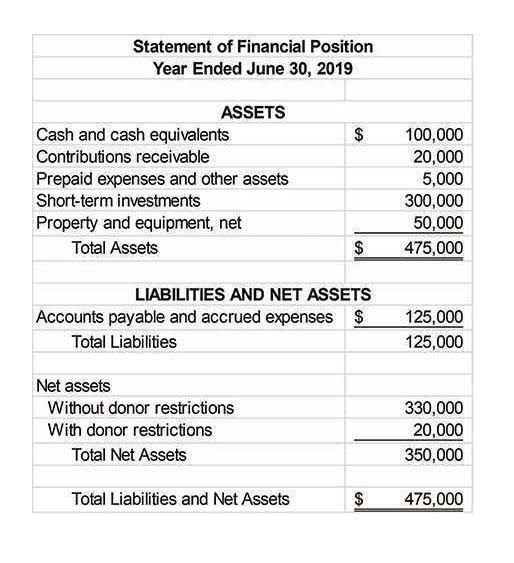
Next, we look at how a bank uses debit and credit when referring to a company’s checking account transactions. The need and importance of a bank reconciliation statement are due to several factors. First, bank reconciliation statements provide a mechanism of internal control over cash. The bank reconciliation statement explains the difference between the balance in the company’s records and the balance in the bank’s records.

Data Processing Errors

Accounting for these delays is key to reconciling the total amounts on the company’s financial statement and the bank statement. Today, online banking and accounting software offer real-time feeds and automated transaction matching. As a result, bank transactions can be automatically imported into an accounting software, where one is able to categorize and match a large number of transactions with one click of a button.

Step 5 (Optional): Generate a Bank Reconciliation Report
- Statement end balance – The closing balance is shown on the bank statement.
- Before you start reconciling on QuickBooks, you still need to fill out several fields first as shown in the image below.
- There will be very few bank-only transactions to be aware of, and they’re often grouped together at the bottom of your bank statement.
- There are times when the bank may charge a fee for maintaining your account, which will typically be deducted automatically from your account.
This can include large payments and deposits or notifications of suspicious activity from your bank. In these situations, it’s a good idea to perform an immediate reconciliation. There are bank-only transactions that your company’s accounting records most likely don’t account for. These transactions include interest income, retained earnings bank deposits, and bank fees.
- Conducting regular bank reconciliation helps you catch any fraud risks or financial errors before they become a larger problem.
- The purpose of preparing a bank reconciliation statement is to reconcile the difference between the balance as per the cash book and the balance as per the passbook.
- For larger companies with a high volume of transactions, it’s advisable to reconcile bank statements daily to ensure that any discrepancies or errors are promptly identified and corrected..
- To tackle this and find outstanding checks, print out a check register for the month so you can compare it with the list of checks that have been cleared, along with other payments.
- For the most part, how often you reconcile bank statements will depend on your volume of transactions.
- After careful investigation, ABC Holding found that a vendor’s check for $20,000 hadn’t been presented to the bank.
- Since you’ve already adjusted the balances to account for common discrepancies, the numbers should be the same.
Time-saving
The reconciliation is finished when the reconciled balance matches the target balance and your bank statement. This makes sure your bank account balance matches your actual bank account and your reports are accurate. You can pull up a bank statement for 2024 to check the ending balance for that period. However, you would still need to fix discrepancies in your data from the prior years in case of an audit.

After adjustments are made, the book balance should equal the ending balance of the bank account. When all these adjustments have been made to the https://www.bookstime.com/articles/estimated-tax books of accounts, the balance as per the cash book must match that of the passbook. If both the balances are equal, it means the bank reconciliation statement has been prepared correctly. While reconciling your books of accounts with the bank statements at the end of the accounting period, you might observe certain differences between bank statements and ledger accounts.
Total received and paid – This shows the total value of reconciled payments (money out) and receipts (money in). It is helpful for a company to have a separate general ledger Cash account for each of its checking accounts. For instance, a company will have one Cash account for its main checking account, a second Cash account for its payroll checking account, and so on. For simplicity, our examples and discussion assume that the company has only one checking account with one general ledger account entitled Cash. The items therein should be compared to the new bank statement to check if these have since been cleared. Hence, at the end of each month, the first thing to do is to consult the bank reconciliation statement prepared at the end of the previous month.
Experience seamless accounting with Zoho Books
More bank reconciliation specifically, you’re looking to see if the “ending balance” of these two accounts are the same over a particular period (say, for the month of February). We’re going to look at what bank statement reconciliation is, how it works, when you need to do it, and the best way to manage the task. Our intuitive software automates the busywork with powerful tools and features designed to help you simplify your financial management and make informed business decisions. If bank reconciliation seems daunting or confusing, this guide can help you perform bank reconciliation smoothly. Customer check of $1,250 deposited by Company A has been returned and charged back as NSF (not sufficient funds).

No comment